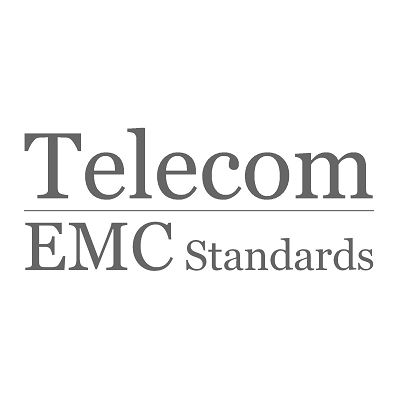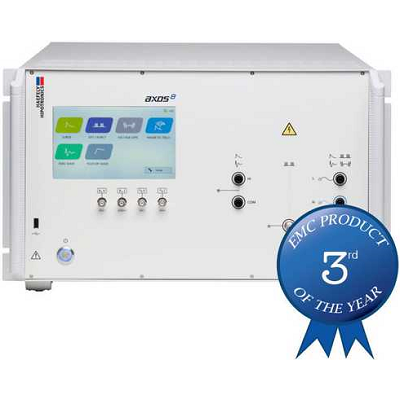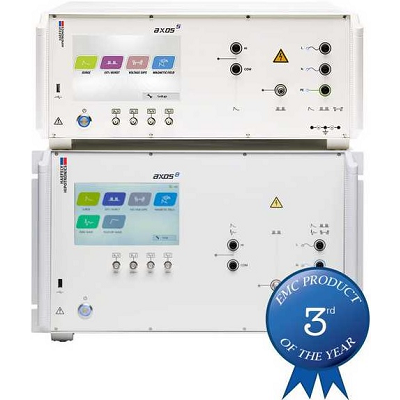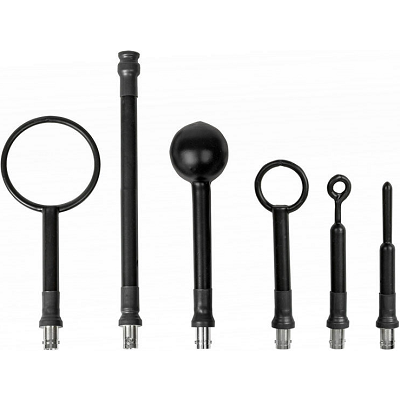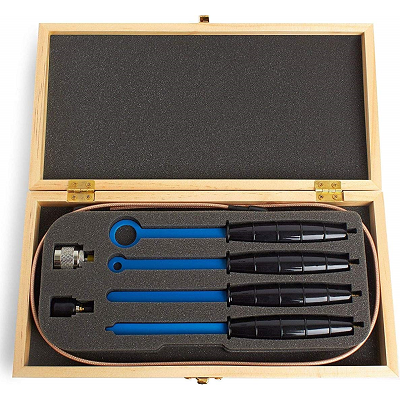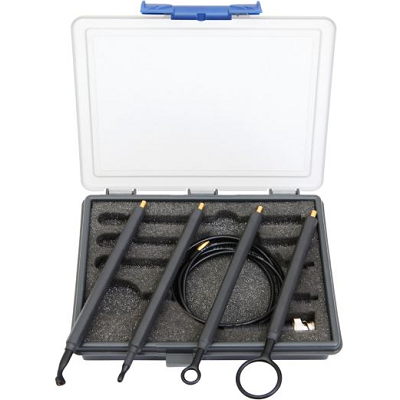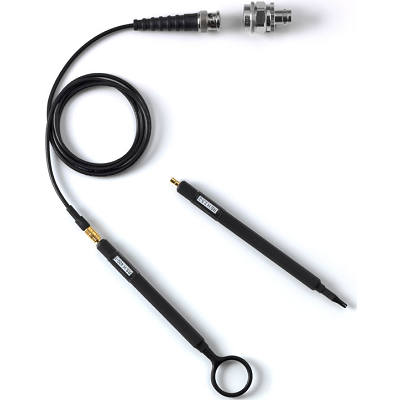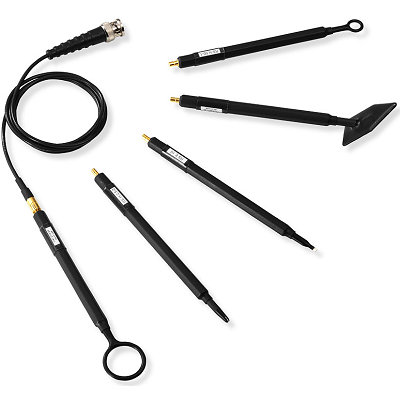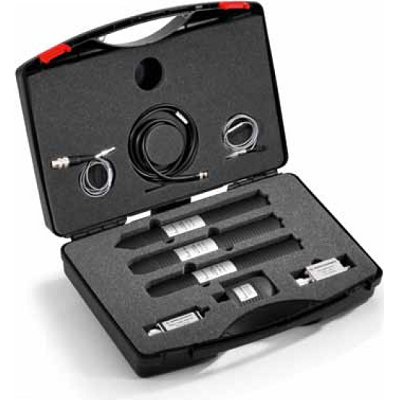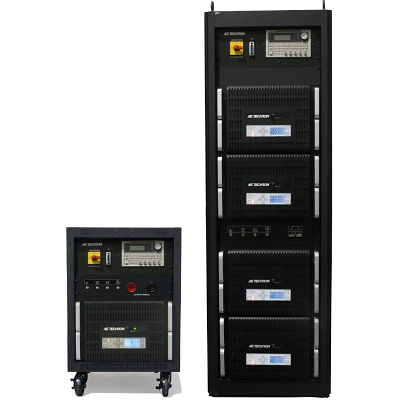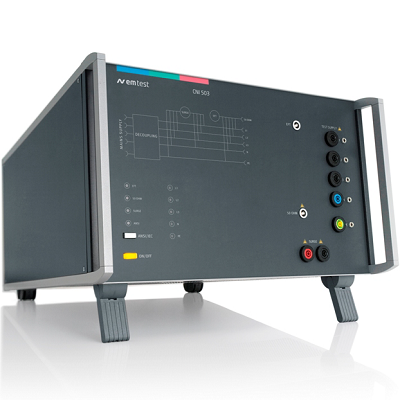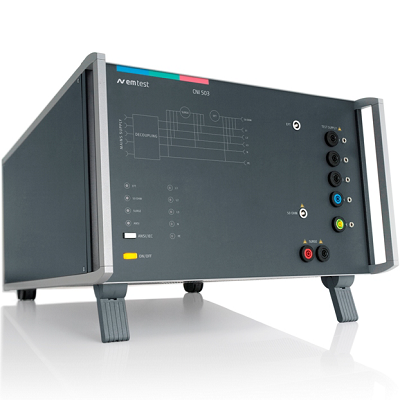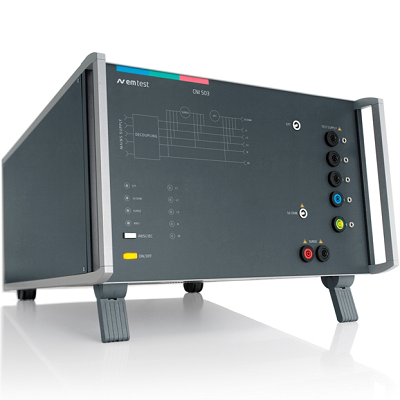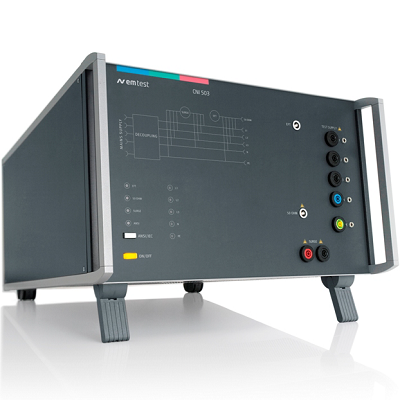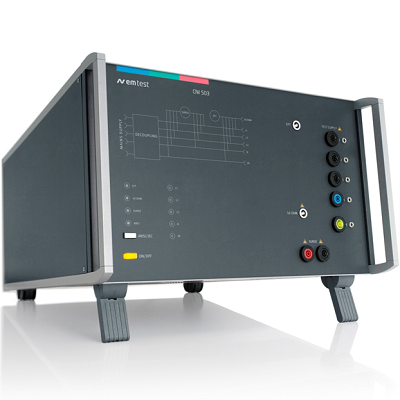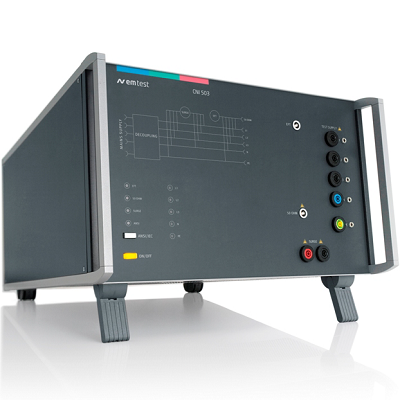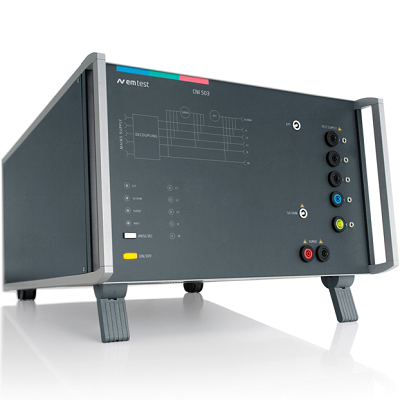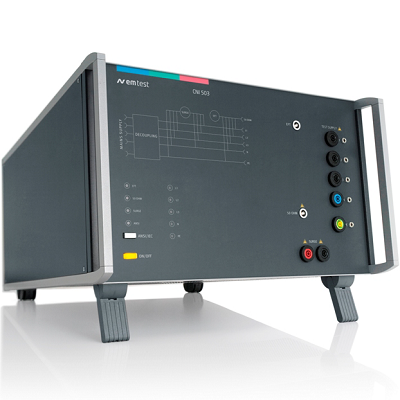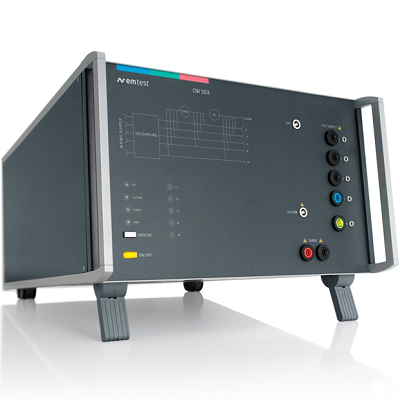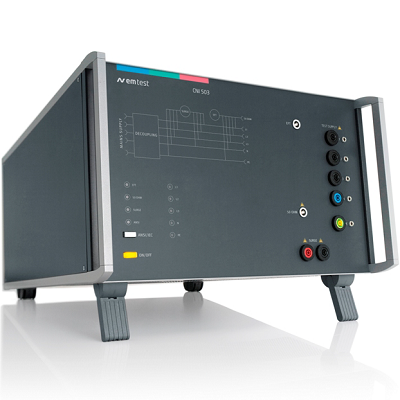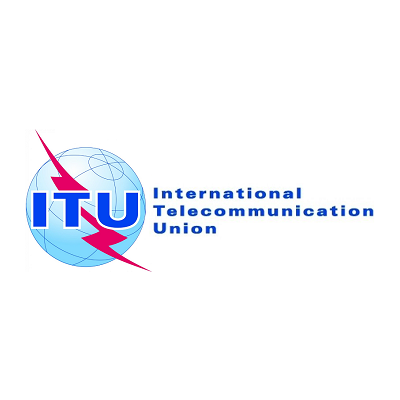
ITU-T K.12
SERIES K: PROTECTION AGAINST INTERFERENCE ITU-T K.12 Characteristics of Gas Discharge Tubes for the Protection of Telecommunications Installations ITU-T K.12 defines the basic characteristics to be met by gas discharge tubes for the protection of exchange and outdoor equipment, subscriber or customer equipment and telecommunication lines from surges. It is intended to be used for the harmonization of existing or future specifications issued by gas discharge tube manufacturers, telecommunication equipment manufacturers, administrations or network operators. Preview Standard

ITU-T K.17
SERIES K: PROTECTION AGAINST INTERFERENCE ITU-T K.17 Tests on Power-Fed Repeaters Using Solid-State Devices in Order to Check the Arrangements for Protection from External Interference The tests consist of:
- Prototype Tests
- Acceptance Tests

ITU-T K.20
SERIES K: PROTECTION AGAINST INTERFERENCE ITU-T K.20 Resistibility of Telecommunication Equipment Installed in a Telecommunication Centre to Overvoltages and Overcurrents Recommendation ITU-T K.20 specifies resistibility requirements and test procedures for telecommunication equipment that is attached to or installed within a telecommunication centre. Overvoltage and overcurrents covered by this Recommendation include surges due to lightning on or near the line plant, short-term induction from adjacent A.C. power lines or railway systems, earth potential rise due to power faults, direct contact between telecommunication lines and power lines and electrostatic discharges. The sources for overvoltage in internal lines, between equipment/racks, are mainly inductive coupling caused by lightning currents being conducted in nearby lightning strokes or lightning currents being conducted in nearby conductors. Preview Standard

ITU-T K.21
SERIES K: PROTECTION AGAINST INTERFERENCE ITU-T K.21 Resistibility of Telecommunication Equipment Installed in Customer Premises to Overvoltages and Overcurrents Recommendation ITU-T K.21 specifies resistibility requirements and test procedures for telecommunication equipment that is attached to or installed within a customer's premises. Overvoltages or overcurrents covered by this Recommendation include surges due to lightning on or near the line plant, short-term induction from adjacent alternating current (a.c.) power lines or railway systems, earth potential rise due to power faults, direct contact between telecommunication lines and power lines, and electrostatic discharges. The sources for overvoltages in internal lines are mainly inductive coupling caused by lightning currents being conducted in nearby lightning strikes or lightning currents being conducted by nearby conductors. Preview Standard

ITU-T K.28
SERIES K: PROTECTION AGAINST INTERFERENCE ITU-T K.28 Parameters of Thyristor-Based Surge Protective Devices for the Protection of Telecommunication Installations ITU-T K.28 defines the parameters, test circuits and performance values of thyristor-based surge protective devices (SPDs) used for the protection of telecommunication installations (for example, exchange equipment, access equipment, telecommunication lines and subscriber or customer equipment). This Recommendation should be used for the harmonization of existing or future specifications issued by thyristor-based SPD manufacturers, telecommunication equipment manufacturers, administrations or network operators. Preview Standard

ITU-T K.41
SERIES K: PROTECTION AGAINST INTERFERENCE ITU-T K.41 Resistibility of Internal Interfaces of Telecommunication Centres to Surge Overvoltages This Recommendation specifies test methods and levels for the resistibility test against surge overvoltages on internal interface lines within a telecom centre interconnecting the several system blocks. The tests simulate surge overvoltages caused by magnetic fields from lightning strokes in or near the telecom building. Preview Standard

ITU-T K.44
SERIES K: PROTECTION AGAINST INTERFERENCE ITU-T K.44 Resistibility Tests for Telecommunication Equipment Exposed to Overvoltages and Overcurrents - Basic Recommendation ITU-T K.44 seeks to establish fundamental test methods and criteria for the resistibility of telecommunication equipment to overvoltages and overcurrents. Overvoltages or overcurrents covered by this Recommendation include surges due to lightning on or near the line plant, short-term induction of alternating voltages from adjacent electric power lines or electrified railway systems, earth potential rise due to power faults, and direct contacts between telecommunication lines and power lines. Preview Standard

ITU-T K.45
SERIES K: PROTECTION AGAINST INTERFERENCE ITU-T K.45 Resistibility of Telecommunication Equipment Installed in the Access and Trunk Networks to Overvoltages and Overcurrents ITU-T K.45 specifies resistibility requirements and test procedures for telecommunication equipment installed between telecommunication centres and between a telecommunication centre and the customer's premises. Overvoltages or overcurrents covered by this Recommendation include surges due to lightning on or near the line plant, short-term induction from adjacent a.c. power lines or railway systems, earth potential rise due to power faults, direct contact between telecommunication lines and power lines and electrostatic discharges. Preview Standard
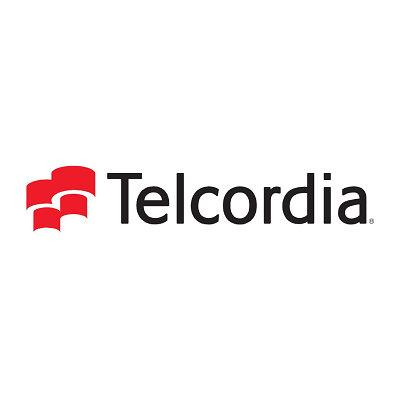
Telcordia GR-1089
Telcordia GR-1089 Electromagnetic Compatibility and Electrical Safety - Generic Criteria for Network Telecommunications Equipment The purpose of this standard is intended to help avoid equipment damage and malfunction because of lightning, 50/60-Hz commercial power fault conditions, Electrostatic Discharge (ESD), Electrical Fast Transient (EFT), Electromagnetic Interference (EMI), operation in the presence of a dc potential difference, and operation in a steady-state induced voltage environment. It applies to wireless systems that provide fixed and/or mobile services that are installed in locations with telecommunications network equipment or information technology networking equipment. Preview Standard
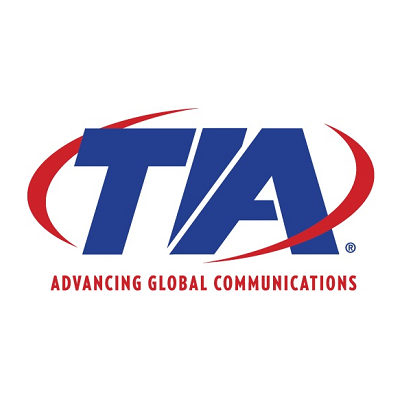
TIA-968-B
TIA-968-B Technical Requirements for Connection of Terminal Equipment to the Telephone Network This standard specifies technical criteria for Telephone Terminal Equipment (TTE) approved in accordance with Title 47 of the U.S. Code of Federal Regulations (47 C.F.R.), Part 68 for direct connection to the Public Switched Telephone Network (PSTN), including private line services provided over wireline facilities owned by providers of wireline telecommunications. The purpose of the standard is to provide technical criteria to protect wireline carrier telephone networks from harm caused by the connection of terminal equipment defined by the Federal Communications Commission in 47 C.F.R. Section 68.3. This Standard was developed for submission to the Administrative Council for Terminal Attachments (ACTA). Preview Standard

